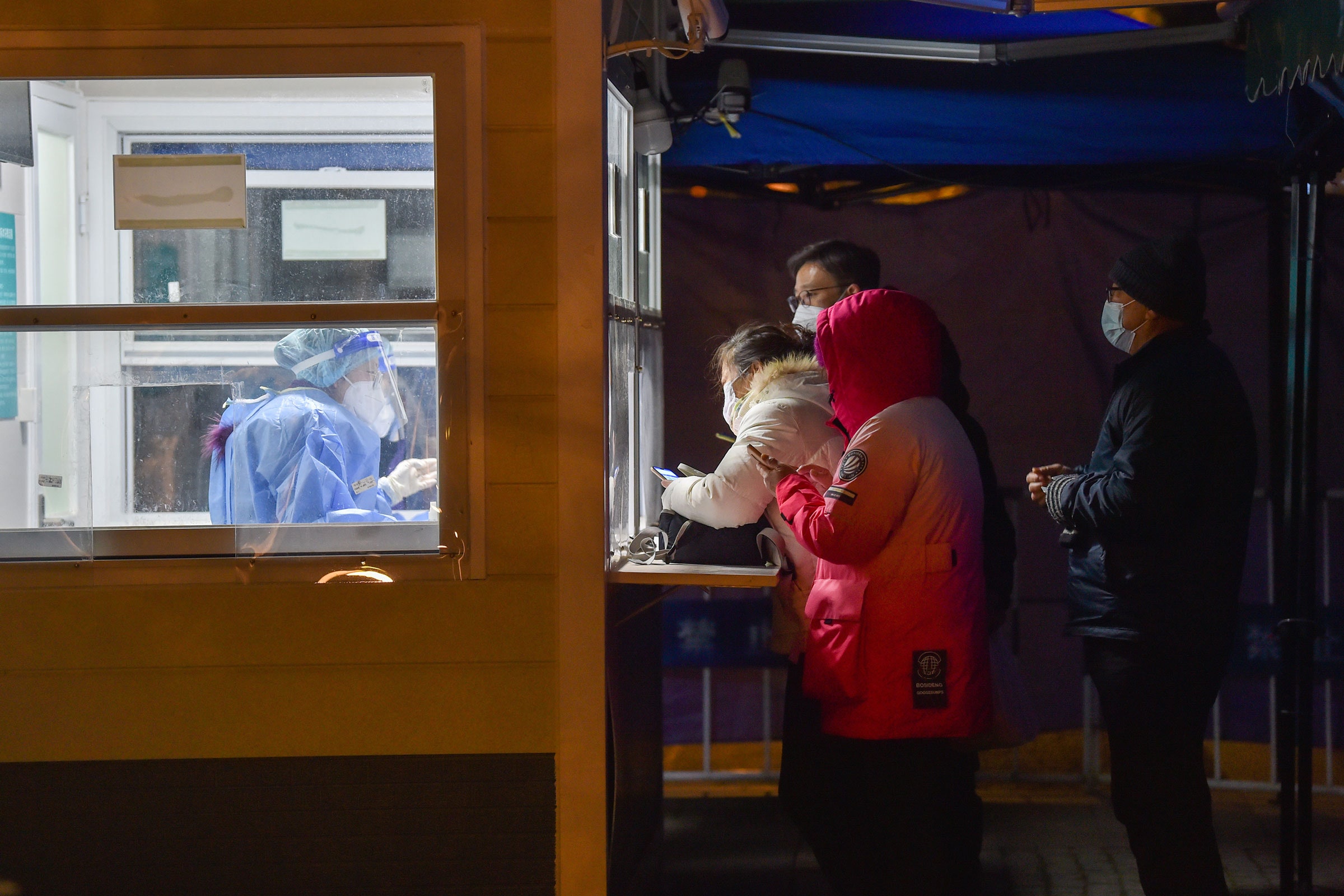
What China’s Covid Crisis Means for the Rest of the World
After nearly three years of strict restrictions to keep cases to a minimum, the Chinese government announced last month that it was ending its zero Covid policy—unleashing the biggest coronavirus outbreak the world has ever seen.
Across a population that’s both undervaccinated and underexposed to the virus, up to 250 million people may have been infected in the first 20 days of December alone, according to a leaked estimate from Chinese health officials. In the eastern province of Zhejiang, home to more than 64 million people, the provincial government has reported around 1 million new cases a day.
Infections are likely to escalate further this month following the Lunar New Year on January 22. The event is the world’s largest annual migration, as Chinese people travel across the country to gather with friends and family. “There’s going to be about a billion infections in China this winter,” predicts Ben Cowling, an epidemiology professor at the University of Hong Kong. “Starting within the next two weeks, any village in China which has so far managed to avoid Covid is not going to avoid it for much longer.”
Domestically, this viral surge is nothing short of a crisis. Grim reports tell of hospitals being overwhelmed and huge queues to crematoriums, with modelers predicting that nearly 2 million Chinese people could die this winter because of the country not being ready to fully open up. At the start of November, 60 percent of over-80s in China were either not vaccinated at all or not boosted with a third dose. “They made this decision to rapidly transition out of the pandemic without a high enough vaccine coverage, without hospitals being prepared, without antivirals stockpiled, and so on,” says Cowling.
But outside of China, this surge of new cases may be less of a concern than first appears. Epidemiologists point out that there’s already significant ongoing transmission of the coronavirus in most countries, and so incoming Chinese travelers are unlikely to trigger a noticeable spike in local Covid cases. “There are a lot of cases in China, but they represent just a fraction of cases in terms of the global picture,” says Francois Balloux, director of the University College London Genetics Institute. “It’s a major problem for China, but I’m not convinced it’s a major problem for the rest of the world.”
Nevertheless, Australia, France, India, Israel, Italy, Morocco, Spain, the UK, and the US have all announced mandatory Covid tests for inbound Chinese travelers. Morocco has imposed a complete travel ban. However, the European Union has said these measures are “unjustified,” given the higher levels of immunity in places such as Europe, and that the variants infecting people in China are the same as those circulating in the West.
Since Omicron was identified in November 2021, possessing a collection of completely new mutations that made it substantially more transmissible than any variant seen before, virologists haven’t detected anything radically different. From BA.5, which circulated widely in the UK during summer 2022, to XBB.1.5, which is currently spreading rapidly in the US, every notable variant that has appeared within the past 14 months has been a subvariant of Omicron.

